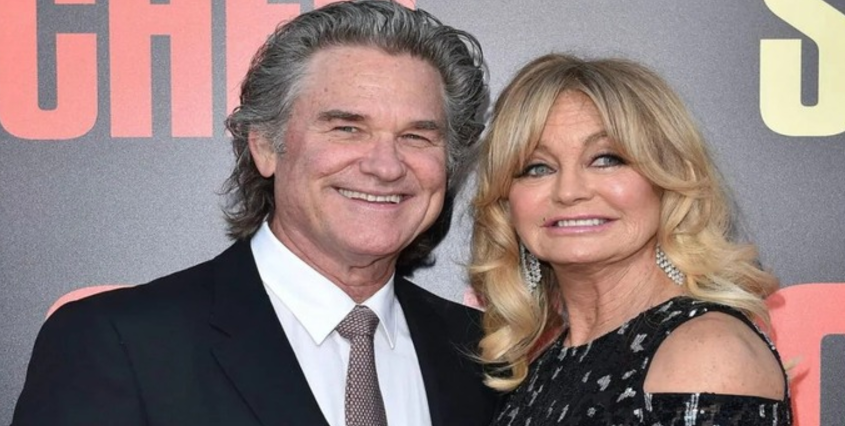
Dr. Sarah Chen had built her life on science and ethics. For fifteen years, she believed her work at Meridian Pharmaceuticals represented the best of medical research—a place where breakthrough treatments for childhood cancer could be discovered with integrity and care. At forty-two, she led a team of researchers in a state-of-the-art laboratory, earning respect worldwide for her focus on patient safety and scientific truth.
The Meridian campus was a gleaming symbol of progress: glass walls, cutting-edge equipment, and photographs of smiling children who had beaten cancer thanks to drugs developed there. For Sarah, those faces were her fuel. They reminded her why she worked endless nights, wrote meticulous reports, and fought for funding. She thought she was saving lives.
Then, on a foggy November morning, everything changed.
Sarah arrived early to review data for a new leukemia drug, LK-203—a compound she had spent three years developing. The therapy combined innovative delivery systems with targeted action and had sparked worldwide excitement. Families desperate for hope enrolled their children in its trials, believing it might be the miracle they needed.
As she logged into her computer, Sarah expected the familiar trial database. Instead, she found an unfamiliar folder labeled “LK-203 Alternative Analysis.” Curious, she opened it. What she saw drained the color from her face.
The files told a different story from the one she had been presenting to the FDA and medical journals. Behind the glossy official reports lay hidden data: alarming rates of liver failure, neurological damage, and immune collapse in the children receiving LK-203. Families had been told side effects were “mild and temporary.” In truth, some children had died. Others were permanently disabled.
Sarah’s hands shook as she read further. Patients with severe reactions had been erased from the study, their deaths attributed to “pre-existing conditions.” Entirely fictitious patients with “miraculous recoveries” had been added to skew the numbers. Clinical reports she herself had reviewed had been doctored behind her back.
It was fraud—systematic, deliberate, and deadly.
The deeper she dug, the clearer the scheme became. Meridian had built an elaborate system to alter data before it reached regulators. Offshore firms fabricated patient outcomes, contract research groups adjusted statistics, and even medical journals published glowing results based on manipulated numbers. Former FDA officials—now working as consultants—greased the path, using connections to keep scrutiny at bay.
What horrified Sarah most wasn’t just the fraud, but who it targeted. Children with cancer. Families on their last shred of hope. Parents signing “informed consent” documents that minimized risks, unaware their children might be trading one terminal illness for another caused by the very drug meant to save them.
The financial stakes explained everything. If approved, LK-203 would generate billions. Investors demanded progress, and Meridian had delivered—on paper. In reality, they were gambling with children’s lives.
Sarah couldn’t sleep. She began digging deeper, carefully collecting evidence: falsified reports, internal emails, payment records between Meridian and compromised research facilities. The scheme wasn’t confined to LK-203. Other trials—targeting Alzheimer’s, rare genetic disorders, and degenerative diseases—were equally corrupt. Vulnerable patients had become pawns in a billion-dollar game.
Hospitals had been chosen not for their excellence but for their willingness to play along. Some were legitimate centers seduced by payouts; others were essentially shells, created to funnel fake data. Families had been lied to, told no other treatments were available when in fact safer alternatives existed. Safety monitors, supposedly independent, were financially tied to Meridian.
Sarah faced a tormenting choice. Speaking up could cost her everything—her job, her reputation, and her career in research. Staying silent would mean complicity in endangering children. Every day she carried the weight of what she knew, pretending at meetings, smiling at colleagues, while inside she was unraveling. Even at home, she couldn’t confide fully in her husband, Michael, a fellow researcher. To speak of it aloud felt dangerous.
But the faces of the children haunted her—the ones she had met in hospital corridors, the ones who sent her drawings and thank-you notes. They believed in her. Could she betray them by staying quiet?
After weeks of torment, Sarah made her decision. She would blow the whistle.
Quietly, methodically, she assembled a dossier that no lawyer or executive could discredit. Patient files, correspondence, and altered reports—all authenticated with help from discreet computer forensics experts. She documented every manipulated record and every financial tie. She traced how adverse events had been scrubbed and how fabricated patients had been inserted.
When she finally contacted federal authorities, she knew there was no going back.
The response was immediate. The FBI, the FDA, and the Department of Justice launched one of the largest investigations in pharmaceutical history. Sarah’s evidence became the backbone of their case, exposing a network of deception that stretched across multiple countries.
Trials were suspended. Executives faced criminal charges: conspiracy, fraud, obstruction of justice, endangering patients. Companies were hit with record-breaking fines and forced to settle with families whose children had been harmed or killed. Some executives went to prison.
The fallout shook the industry. Regulators introduced stricter oversight, real-time data monitoring, and harsher penalties for misconduct. Whistleblower protections were expanded. International agencies tightened cooperation to close loopholes that companies had once exploited.
Sarah paid a price. She could never return to traditional pharmaceutical research; too many saw her as a traitor. She endured character assassinations, legal threats, and years of court testimony. The stress nearly broke her, but her marriage survived, her husband standing by her as she fought battles most would never dare face.
Yet, out of the chaos, Sarah built a new purpose. She became an advocate for research integrity, advising regulators, teaching medical ethics, and mentoring young scientists to question, verify, and never compromise on patient safety. Patient advocacy groups embraced her, and families thanked her for protecting others from the deception they had endured.
Her case became a landmark in medical schools and ethics courses. Future doctors and researchers studied her example as a reminder of what science must stand for: truth, not profit.
Ironically, LK-203 did not die with the scandal. Reformulated under strict oversight, it was eventually developed into a safe and effective therapy. But only because Sarah had forced the truth into the light.
Years later, she would sit in a quiet café, watching a child laugh—one of many whose lives were saved because research standards had changed. She knew the cost of her choice had been immense. But the reward was far greater: children protected, families given honest hope, and an industry forced to remember its purpose.
Her story proved that sometimes the most important discovery isn’t a drug or a cure. It’s the courage to tell the truth.



